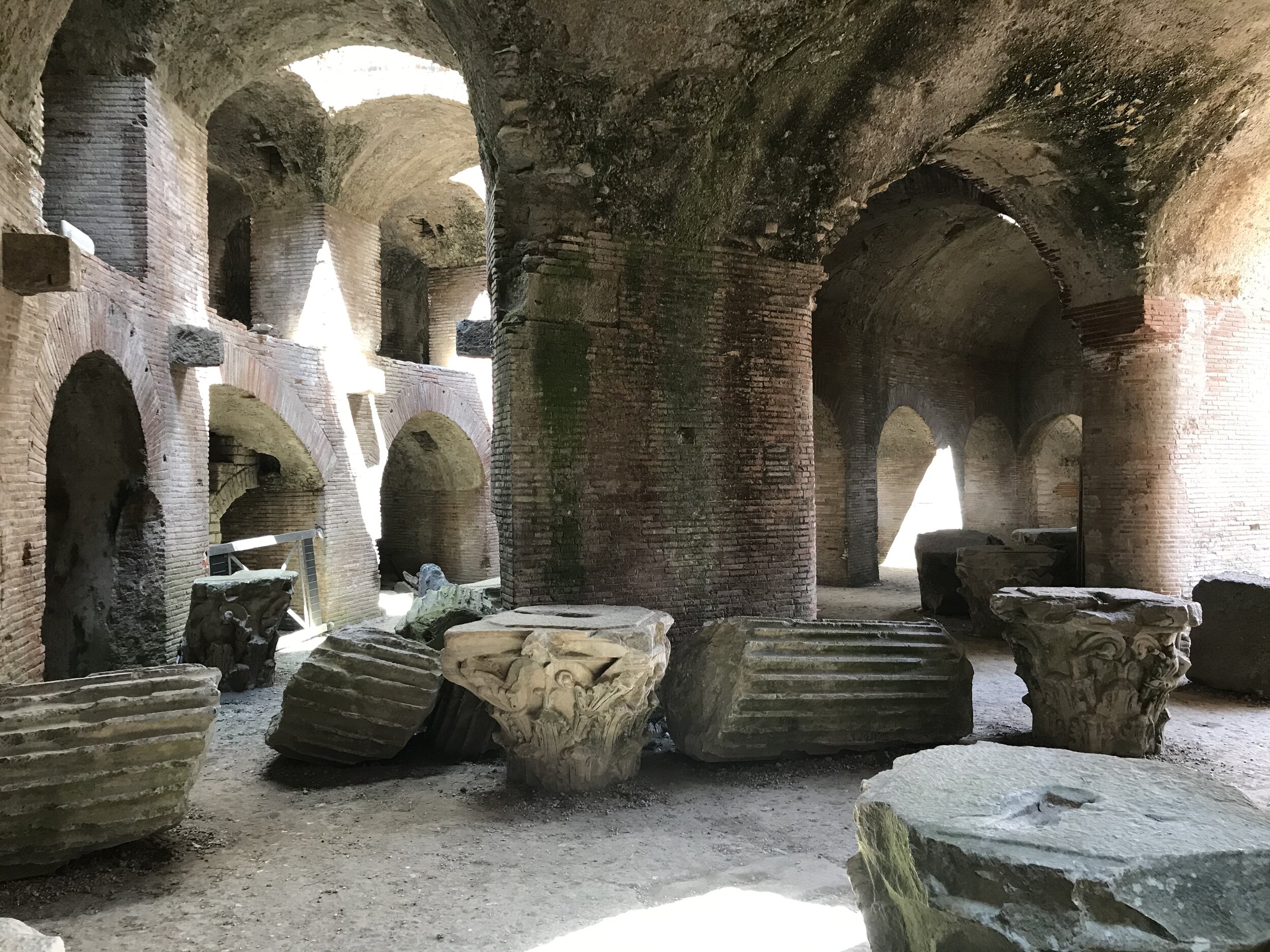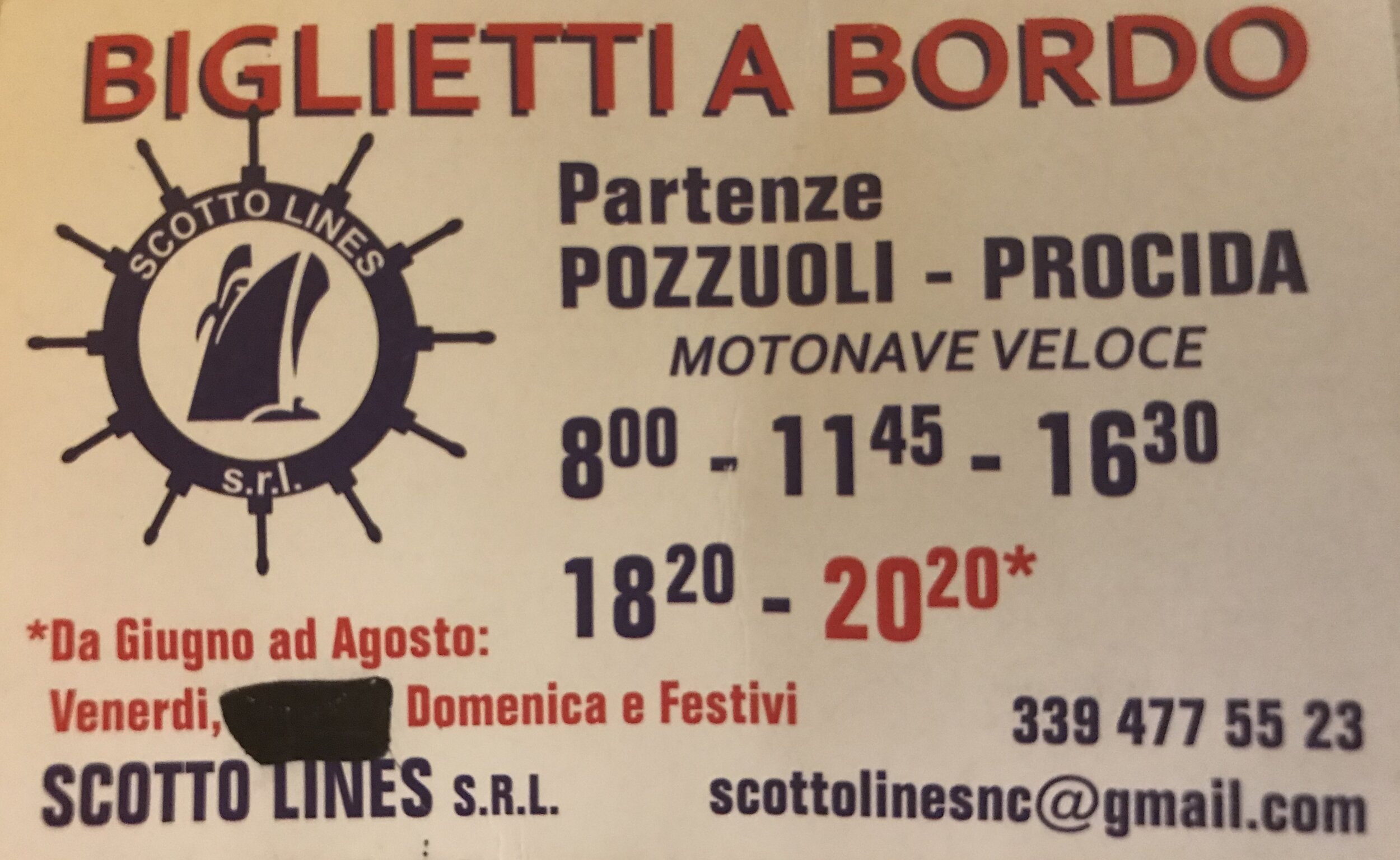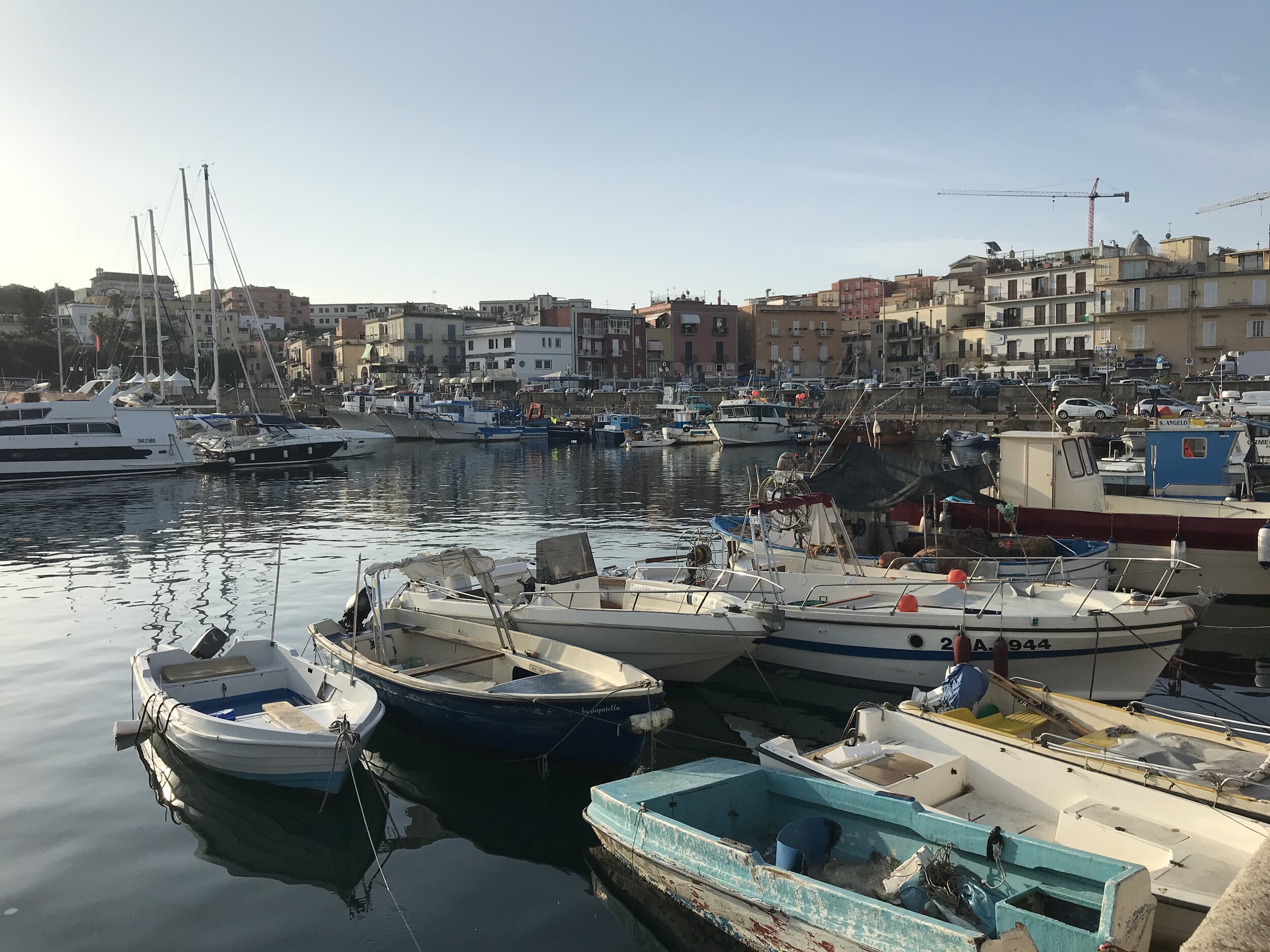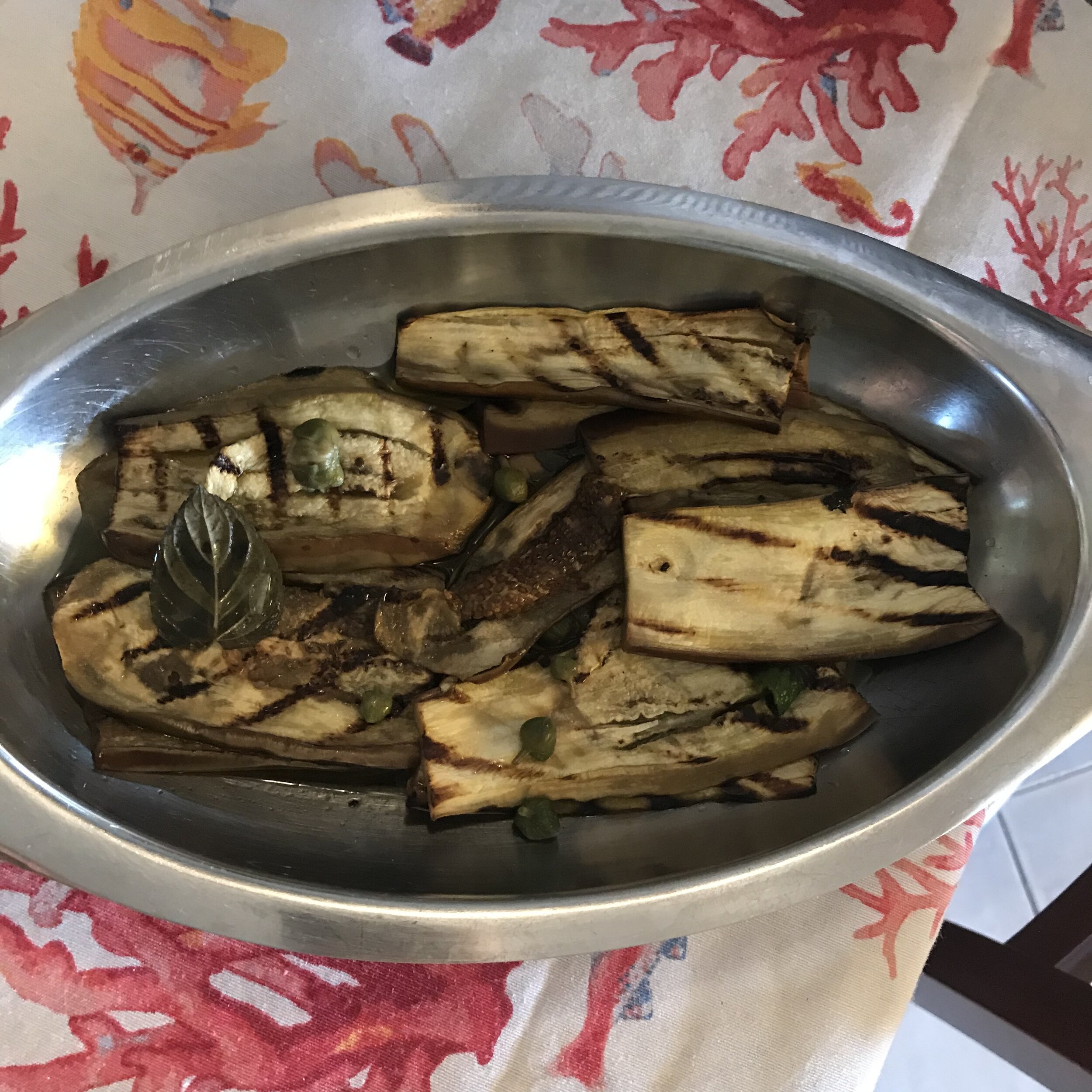Pozzuoli is not a city many people outside of Italy will have heard of, and if someone told you that it should be included in any itinerary of Naples, their confusion is likely only to deepen. However like there are undoubtedly quaint hamlets outside of any major city which locals select for the purposes of peace, quiet, and air quality, Pozzuoli offers visitors to Naples — not only beautiful sights, good food, and convenience, but clean, salty air, and calm people.
Naples, or Napoli as you should become used to calling it, is a brilliant, exciting, colorful, but tired old city that is far from the end of its shift. The cobblestones are severely worn down, and the mineral deposits and watermarks on the sides of the older buildings give one the sense it’s raining even if it’s not.
For a concrete-lunged city slicker, Napoli is not likely to cause a shock, but there is a degree of chaos about it that could wear someone down over time. Pozzuoli on the other hand more closely resembles what many people envisage when they think of Napoli — friendly, exuberant people who can tell you exactly which pizzeria is worth going to and why.
Practically speaking, Pozzuoli is 15-minutes by train from Napoli city center, and someone looking to take a ferry to the famous islands of Napoli, will find one in the heart of Pozzuoli’s port, next to the city center, where you’ll save money and time as compared to taking a ferry from Napoli.

L’aria buona, si Mangia Bene
“The air is lovely, and people eat well,” says Adele Rocco, a local Potulana: preacher of Pozzuoli’s charm, scholar of her history, and socialite among her circles. She reflects the welcoming kindness I experienced when I was in Pozzuoli — all the enthusiasm and pride of a Napoletana, but without the standoffishness.
Adele and her husband Rino hosted my fiance and I for dinner in her stunning apartment overlooking the sea, the old Roman quarter, and a marble-faced church. We ate a traditional light Napoletano dinner of mozzarella, tomatoes, and basil with hard crusty bread, after which was eggplant parmesan or Parmigiana.
The stratospheric difference in flavor between these relatively simple ingredients grown and eaten in Naples and Lombardy was staggering — and barely seemed fair to think they should eat so much better just one hour by plane from my house.
“The difference between Pozzuoli and Napoli is that Napoli is a very chaotic city, [while] Pozzuoli is more liveable,” she explains from a seat on her couch, as much with her hands as with her words. “There are a lot of Napoletani that live and stay here”.
“The Romans knew about Napoli, but they stayed in Pozzuoli,” she had told me a few days prior. Indeed, for the Romans, it was an ideal place, and the tourism opportunities in Pozzuoli are very much linked to the Roman Empire. Pozzuoli plays host to a very large and immaculately restored Flavian amphitheater — the fourth largest in the world behind the Colosseum in Rome, the grand amphitheater in Capua, and the Area of Verona.
Here you can walk through the subterranean arcades and chambers, sun creeping down through grates in the arena floor, imagining yourself as any number of citizens or slaves in the Roman world, and unlike its sisters in Rome and Verona, there’s a great chance you’ll be doing it without anyone else inside, putting it at the top of the must-see list for Roman history enthusiasts.
After the amphitheater, do yourself a favor and go to the best pizzeria I’ve visited in 8 months of Italian life — Ammaccamm, on 17 Piazza Capomazza, in Pozzuoli. You can buy a 4-course pizza dinner, with experimental and classic flavors taken to their inevitable and delicious conclusion. I’m not trying to start a fight with anyone, I think it was the best pizza in Italy with the asterisk ‘as near as makes no difference’.

An explosive history
“Both were founded by the Greeks. Refugees fleeing tyranny in Greece came here and occupied the rock of Pozzuoli. It’s called Rione Terra,” says Adele, a local history aficionado. I would also come to learn that the Roman city of Ostia was built entirely with marble and brick that left the ancient wharves of Pozzuoli by ship, and that the stratification of history, especially in a place like Rione Terra, passes through all major historical eras.
The Romans, but also the Spanish took turns enjoying Pozzuoli’s locale, each leaving their mark on the town, as I would see when my fiance and I went after dinner with Adele and her friend Sabrina to Rione Terra’s archaeological site — another immaculately preserved Roman covered-market and brothel with bricks better intact than some of those along the roadsides in Napoli city center.
“There was a lot of thermal tourism some years ago, but it ended after a family fell into a solfatara,” explains Adele when I asked her if people are familiar with how nice her small city was. A solfatara is like a natural hot pool, and they can be found in Pozzuoli as the city lies on the rim of an ancient caldera — above the same geo-hotspot as the infamous Mount Vesuvius — on the other side of the Bay of Naples, which buried Pompeii all those centuries ago.
Folks used to go camping among the solfatara, until the area was closed following the deaths of three campers when the ground gave way underneath them. Still, there are naturally-heated bathhouses and resorts called “Termi” in Pozzuoli which offer naturally heated spas and other opportunities for relaxation and beauty industry treatments and comforts.

Vedi Napoli e poi muori – See Napoli and then Die
For internationals, one of the best things about Pozzuoli is the convenience with which one can then see Naples, one of the great Italian cities, loaded with more things to do than you could poke a stick at.
For the islands…
-
In Central Port, there are ferries for some of the major and minor islands of Napoli. These include Procida and Ischia, some of the most picturesque places you’ll ever see, with lovely beaches, warm water, sun, wind, more Roman ruins, a thousand quaint shops and houses, B&Bs, and more. Capri, another famous island, must be reached by Napoli Porto however.
-
Pozzuoli is nearer to Ischia and Procida than Napoli as well, and the ferry companies like Caremar, have regular back-and-forths between the points. Adele pointed us in the direction of a company called Scotto Lines, which runs a smaller ferry from Procida and Pozzuoli.
-
Scotto Lines is cheaper, more exciting, and less crowded than the other ferries, and they offer refunds with no words spoken if they should be unable to operate their vessel for any reason. Rather than a loud, rattling, smoke-belching, car ferry like those run by Caremar or SNZ, Scotto Lines was just a large fast boat that slid along the waves and passed close by stunning sea cliffs, castles, and lighthouses on the way there.

PICTURED: A copy of the Scotto Lines itinerary for June to August, subject to change at later dates. For the city…
-
The train stations at Pozzuoli or Cappucini, depending on where you are in Pozzuoli, will take you to Napoli in 15 minutes on the line towards Montesanto. At Montesanto, you can head into town on foot, or transfer via funicolare, or cable-car, to Vomero, in the hills above Napoli and start your exploration with an incredible view of the city.
-
Once you’re finished, you can train back towards Cumana and stop off at Pozzuoli or Cappucini to enjoy some more reserved nightlife, or a safer walk along the sea at night.
-
While the food and coffee in Napoli city center may be expensive, Pozzuoli is perfectly budgetable, and you can almost guarantee it will be served by a smiling local.
PICTURED: Classic Napoletano dishes: few ingredients of high quality eaten in a simple way to enjoy their flavor. PICTURED: Classic Napoletano dishes: few ingredients of high quality eaten in a simple way to enjoy their flavor. PICTURED: Classic Napoletano dishes: few ingredients of high quality eaten in a simple way to enjoy their flavor. In conclusion
There are a lot of things said about Napoli/Naples, and it’s difficult for the spirit to visit a place with a lot of expectations only to get let down by the reality.
Pozzuoli is a lovely place to visit for a day, but as a base of operations to visit Napoli, it really stands out, as one also garners the advantage of being able to return to cheaper food, cleaner air, nicer people, the sun, the salt, a reasonably priced B&B or hotel when the chaos, traffic, cigarette smoke, trash, and other sense-sores that pervade large cities begin to wear you out. WaL
PICTURED ABOVE: The sun rises over centro porto – the central port of Pozzuoli where recreational and fishing boats bob in the quiet harbor morning.
All photos © Andrew Corbley
If you think the stories you’ve just read were worth a few dollars, consider donating here to our modest $500-a-year administration costs.
Continue exploring this topic — Capri, Ischia or Procida: Which of Naples’ Islands Should You Visit?
Note: All photos are taken by Andrew Corbley, who retains exclusive rights to all. The unauthorized reprinting of this article or any of the images is strictly prohibited.
-






